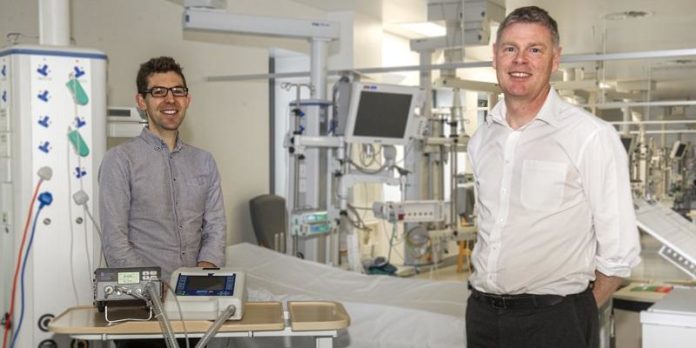Engineers and scientists have developed a way to convert a sleep apnoea machine into a ventilator to treat people with covid-19.
The modification – of a device known as a NIPPY 3+, which is being phased out of service – came about following a collaboration between clinical staff, engineers and physicists at Leeds Teaching Hospitals Trust (LTHT) and academics and technologists at the University.
It has been estimated that there are thousands of similar devices across the NHS, and their rapid modification has the potential to significantly increase the respiratory support available to very ill patients across the country. There are about 100 of the devices in Leeds hospitals.
Sleep apnoea is a condition where people stop breathing in their sleep – the machine ensures their air supply is maintained.
The modification required so the device can be used to treat covid-19 patients is straightforward and involves changes to the device’s settings and reconfiguring the supply of oxygen so it flows directly to the face mask worn by the patient.
The machine operates in a mode called CPAP: constant positive airway pressure. That means the pressure inside the mask is slightly raised, keeping the patient’s airway open and making it easier for them to breathe. It provides enriched oxygen of between 40 to 60%.
Because it is a modification to a device, it does not have to go through a full regulatory approval process.
Dr David Brettle, Head of the Medical Physics team at LTHT and Honorary Professor at the University of Salford, said: “This is another example of the long-standing collaboration we have between our Trust and the University of Leeds. We knew there could be pressure on the NHS for more ventilators during the current coronavirus outbreak and this was a way of coming up with a potential solution.
“Scientists and clinicians working with academics and technicians have made it happen.”
Professor Nikil Kapur, from the School of Mechanical Engineering at Leeds and who led the University team, said: “The collaboration showed how the University was able to support colleagues at LTHT who had brilliant ideas but insufficient time to investigate them because they were having to prepare their hospitals to deal with the unfolding pandemic.”







